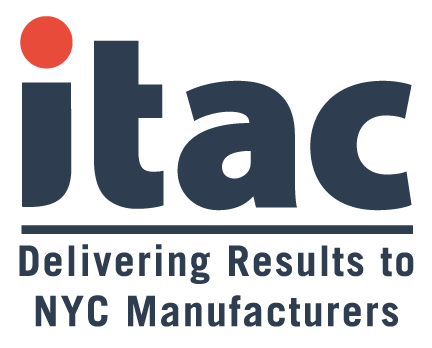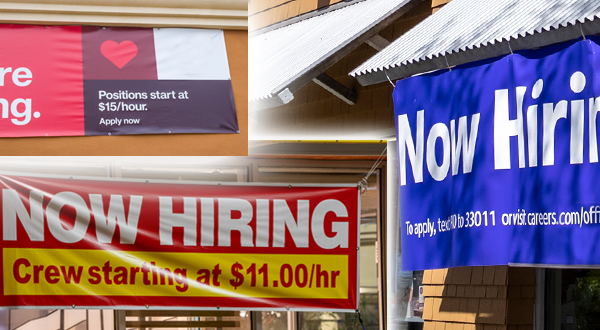We’ve all heard the questions…
- “Where are all the good people these days?”
- “Why don’t people want to work anymore?”
- “Why can’t people show up on time and ready to work?”
Thanks to a recent seminar at The City Club of Cleveland, we’ve learned that there are eight simple reasons why you’re struggling with your workforce. These “social determinants of work” are plaguing most cities and towns and must be addressed. When we’re talking about millions of Americans still on the sidelines of our economy, this isn’t about individuals – this is about our systems.
Originally popularized by America Works partner National Fund for Workforce Solutions, social determinants of work are defined as:
Opportunities that surround a given job and affect a worker’s ability to succeed, such as the ability to live close to the workplace, reliable and affordable transportation, dependable family care, and workplace benefits like healthcare and paid leave. These opportunities support employment stability and worker well-being and impact workforce equity.
Just like you can’t blame a fish for dying because of polluted groundwater, you can’t blame American workers for struggling in the face of multiple systemic challenges.
Sticking with that metaphor, how would you keep the fish in a polluted lake alive? You wouldn’t worry about the individual fish – instead, you would work to improve the quality of the groundwater (say, by eliminating pollution, adding sources of clean water, improving drainage and water flow, etc.).
By the same token, how should we help American workers obtain, keep and progress in their manufacturing jobs? By not just helping individuals, but by reinventing the systems that are holding them back.
The United Way of Cleveland created this simple graphic to capture the eight main social determinants of work:

Source: United Way of Cleveland
These factors are all outside of your employee’s control but because they have significant individual consequences, they are affecting your company and our American manufacturing industry. Let’s dive into them quickly:
- Job Flexibility – While this is the hardest for manufacturers, this may be the most important to maintaining a happy, engaged workforce. New case studies are demonstrating the value of job shares, flexible schedules, adjusting shifts to better match public transportation schedules, and more.
- Healthcare – As Dr. Angela Jackson writes, “Without health, there is no wealth.” Unless we ensure we have a healthy workforce – mentally, physically and even spiritually – we’ll continue to deal with absenteeism and attrition.
- Childcare – Nearly 2.2 million women from all walks of life have left the workforce since the beginning of COVID-19, mostly due to lack of childcare. At $15 per hour, it makes no sense for a person to work AND pay for childcare. They would barely break even. The solution? Highly subsidized, high-quality childcare that recognizes that there is a significant return-on-investment for offering this critical service to our manufacturing workers.
- Transportation – We can’t hold workers responsible for the disinvestment in public transportation, or the ever rising price of car ownership. We need to approach transportation issues as a community, with employers and workers at the table to help solve this problem together.
- Sustained Education – “The robots are coming for all of our jobs, so we better all be lifetime learners.” With the rise of artificial intelligence, automation will affect workers of all types. So, let’s be more proactive: How about offering tuition advances rather than tuition reimbursements? How about offering a success coach for your workers who focuses on each worker’s long-term career advancement, including educational attainment?
- Home and Community Health – While an individual’s health is important, we also must look at our communities. Poor, inner-city residents are more often exposed to pollution, have less shade, and more. Whatever we can do to promote safer homes and healthier communities will have a huge return on investment in more reliable, more productive workers.
- Broadband Access – Everything from banking to entertainment is now done online. Because low-income communities often lack broadband access, you’re missing out on job applicants, your workers can’t take online classes, their kids aren’t getting a great education, and more. If we are to have an educated, healthy and engaged workforce, we must ensure our workers have broadband internet access for reasonable prices when they’re home.
- Access to Justice – We know that communities of color are over-policed, and when arrested, they have worse outcomes from our justice system. Jobless rates are more than 60% for formerly incarcerated people. Equality in the justice system, and for those impacted by it, is something we must all strive to establish for our communities nationally.
We could find more systemic barriers in our work environments. In our experience, developing social capital – having a network of friends and colleagues – can be a huge challenge to workers from poor communities getting access to great jobs. And let’s not forget recent immigrants and others who may face language barriers when applying to, interviewing for and advancing in manufacturing jobs. These are just the tip of the iceberg.
While these challenges seem daunting, there is good news as well. From direct experience of interacting with and studying low-income workers, the perception that “people just don’t want to work” simply isn’t true.
What is true is that people face these eight significant barriers (and who knows how many more) to work. Also true: These social determinants of work can’t be addressed solely through offering higher wages. Put simply, even a generous raise of $3 per hour, which translates to $6,000 per year, doesn’t help that worker overcome all of the challenges listed above.
So, once again, we continue to encourage communities to consider Manufacturing Sector Partnerships to bring all of the relevant stakeholders and important parties to the table to combat these issues together.
Addressing the social determinants of work is how we will revitalize American manufacturing – and our communities.
______
ITAC is the NYC chapter of the Manufacturing Extension Partnership (MEP) network, affiliated with the National Institute of Standards and Technology (NIST). These non-profit organizations deliver technical, consulting, and workforce development services to small and medium-sized businesses in the manufacturing community.
The insight for this article originated from NIST MEP.






